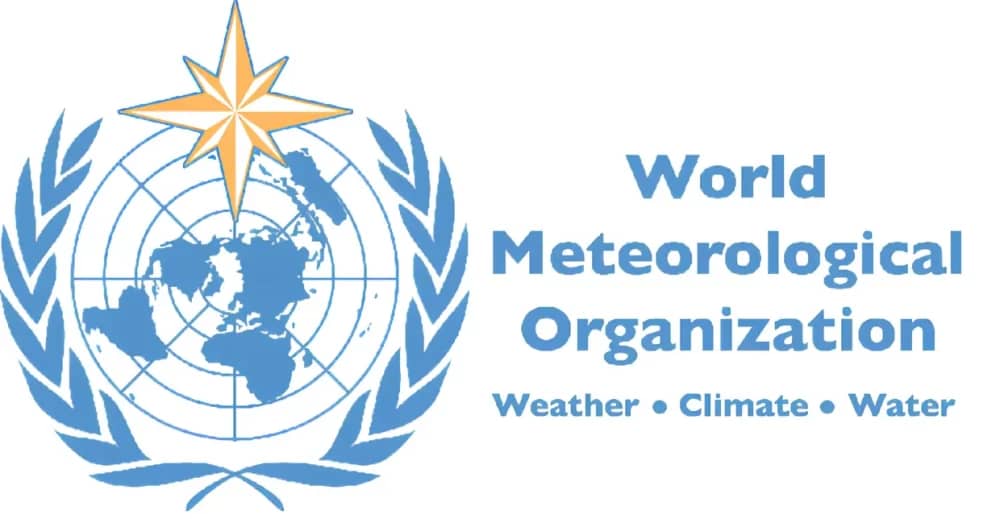The World Meteorological Organization (WMO) unveils alarming findings in its State of the Global Climate 2023 report, showcasing unprecedented levels of greenhouse gases, surface temperatures, and environmental disturbances.
2023 marked the warmest year on record, with the global average near-surface temperature surpassing pre-industrial levels by 1.45 °Celsius. This alarming trend continues, with the past decade registering as the warmest ten-year period ever recorded.
Extreme weather events, including heatwaves, floods, droughts, wildfires, and intensifying tropical cyclones, wreaked havoc worldwide, inflicting significant economic losses and disrupting millions of lives.
UN Secretary-General Antonio Guterres emphasizes the urgency of the situation, stating, “Sirens are blaring across all major indicators”, underscoring the pressing need for immediate action to address climate change.
Also Read : Mumps Outbreak in Kerala: Causes, Symptoms, and Management
WMO Secretary-General Celeste Saulo issues a Red Alert to the world, highlighting the multifaceted impacts of climate change beyond rising temperatures. Ocean heatwaves, glacier retreat, and Antarctic sea ice loss pose grave concerns, threatening ecosystems and food systems globally.
In 2023, nearly one-third of the global ocean experienced marine heatwave conditions, while extreme glacier melt in western North America and Europe led to unprecedented ice loss.
Antarctic sea ice extent reached a record low, underscoring the severity of environmental changes and their far-reaching consequences.
Saulo emphasizes the interconnectedness of the climate crisis with broader societal challenges, including inequality, food insecurity, population displacement, and biodiversity loss, urging collective action to address these pressing issues.
The WMO report serves as a stark reminder of the urgent need for global cooperation and decisive measures to mitigate climate change’s devastating impacts and secure a sustainable future for generations to come.






